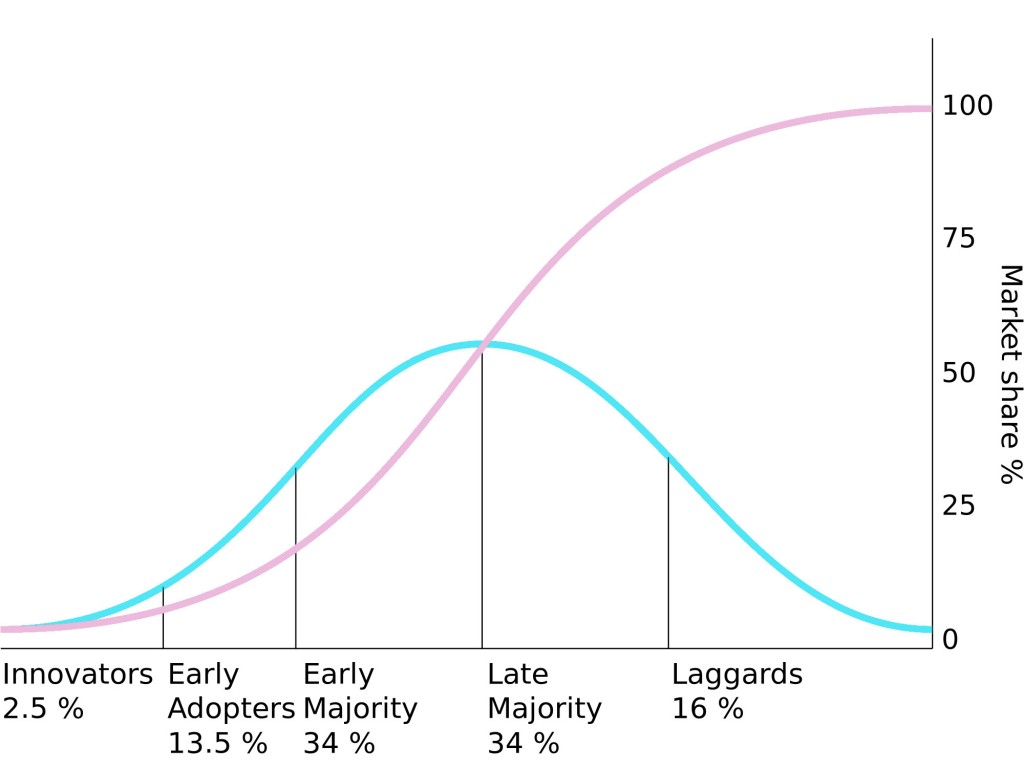The 8 Percent was founded on the notion that great people excel because they work hard to achieve their missions. Of course, few if any can hope to manage that alone. They need a team of not just workers, but colleagues – people who believe in what they have set out to accomplish, and will work just as hard to make it happen.
From there, they need to establish a consumer base that shares this same vision. A perfect example of this is Apple. The iPhone was revolutionary, but as the industry broadened, the device was met with progressively heavier competition. Still, when Steve Jobs used terms like ‘magical’ to describe the next version of the iPhone, customers took it to heart. Why? Because they believed in the company.
How do they foster such trust and brand loyalty? This is best explained through what author Simon Sinek calls The Golden Circle.
The concept is simple: an organising knows ‘what’ it does by default. Some know ‘how’ they do it, meaning what makes them unique in their market. The best know ‘why’ they do it. They know why they are different, and no matter the form their product takes, the reason behind it remains the same.
Apple wants to shirk the status-quo. Lush wants consumers to be environmentally conscious. IKEA wants to make lives better through financially-accessible style.
These missions have an emotional bias, and create an emotional connection between company and consumer. That’s the reason why Apple fans don’t consider an Android device when they need a new phone, but why someone whose Acer laptop breaks down will go into an electronics store and compare specifications and price before making a purchase.
So what about those who know why they do what they do, but are just starting out? For them, the key to success comes is the law of diffusion of innovation.
In this image, the blue line denotes product adoption, while the pink line marks market saturation. The first 16% of the market are the ‘chasm’, the forward thinkers who will align with your mission and purchase your product. Once that share of the market is captured, and the product becomes more recognisable, other consumers will want in on the trend. (You can read more about the law in Everett Rogers’ book Diffusion of Innovations).
Ultimately, the ‘why’ is the distinction between a good company, and a great company that has longevity and the loyalty of its customers. If you’re not asking why, you’re doing it wrong.
This article was inspired by Simon Sinek’s TEDx talk ‘How Great Leaders Inspire Action’. You can view the talk here.


